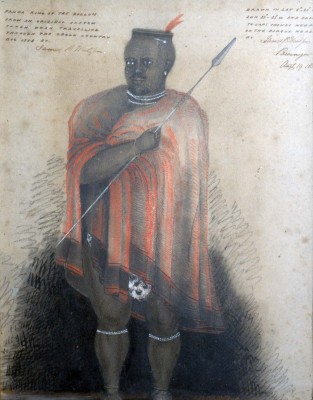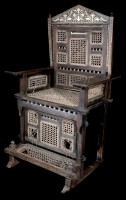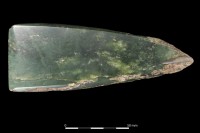
Orkney might seem geographically remote today, but for much of its past it was at the crossroads of a maritime world which stretched from the South Pacific to the North Atlantic.
Our ethnographic collections reflect this history. From the 17th century onwards, ships bound from distant lands would stop off in Stromness for water and supplies. Even Captain James Cook’s ships Resolution and Discovery called by in 1780, the year after he was killed in Hawaii on his third voyage around the world. The crew of these vessels bartered for local goods with items such as Polynesian pole clubs, many of which can be seen on display in the museum today.
Other items came into Stromness as souvenirs, such as the spears from the Solomon Islands brought back by Stromness-born castaway John (Jack) Renton, and the African items collected by explorers and missionaries like William Balfour Baikie. North American and Inuit textiles and artefacts came to Stromness, and into the museum collections, via employees of the Hudson’s Bay Company, and the Moravian missions to Labrador.
These objects bear testament to our seafaring past and connections made with other parts of the work in a time long before mobile phones and the internet.






